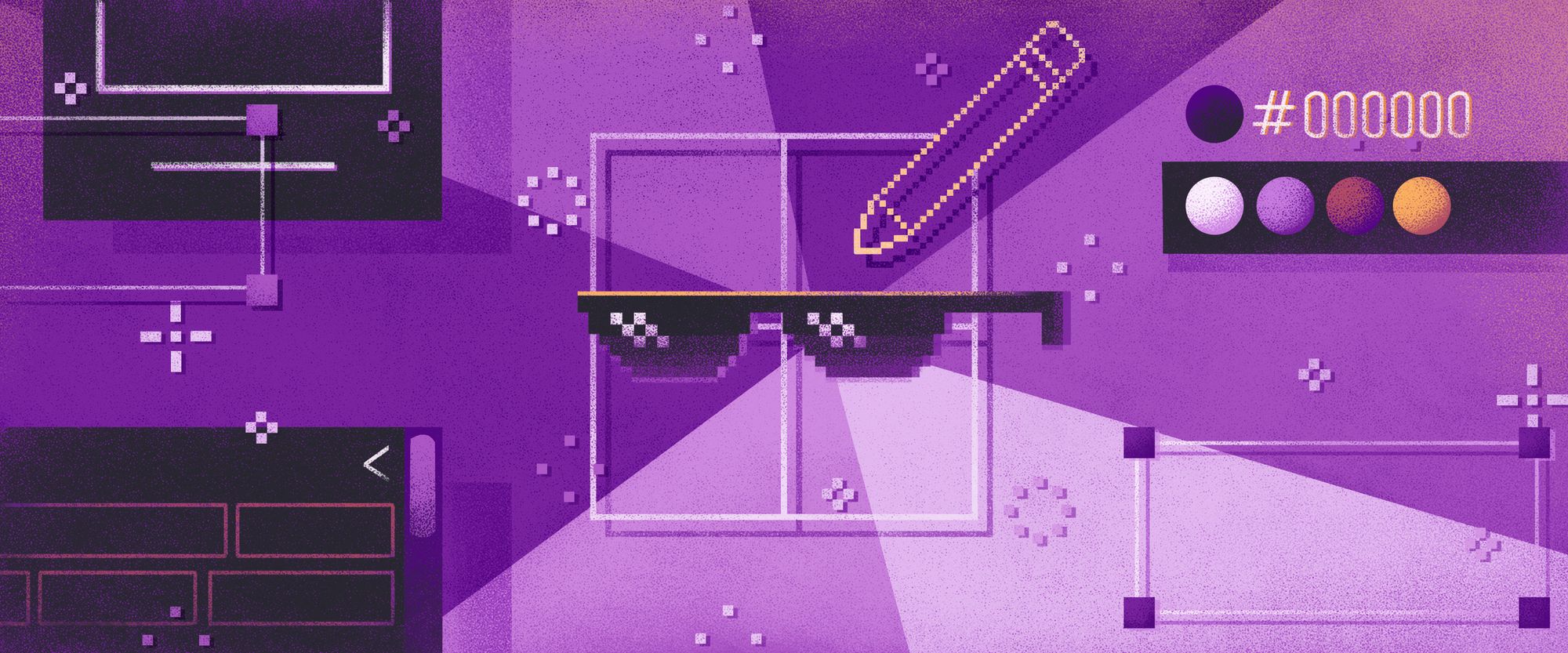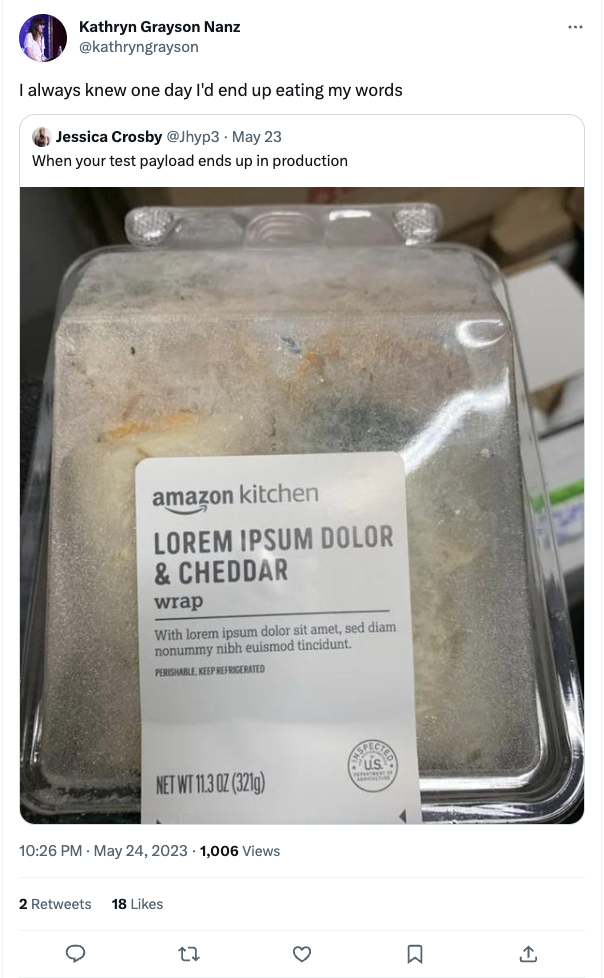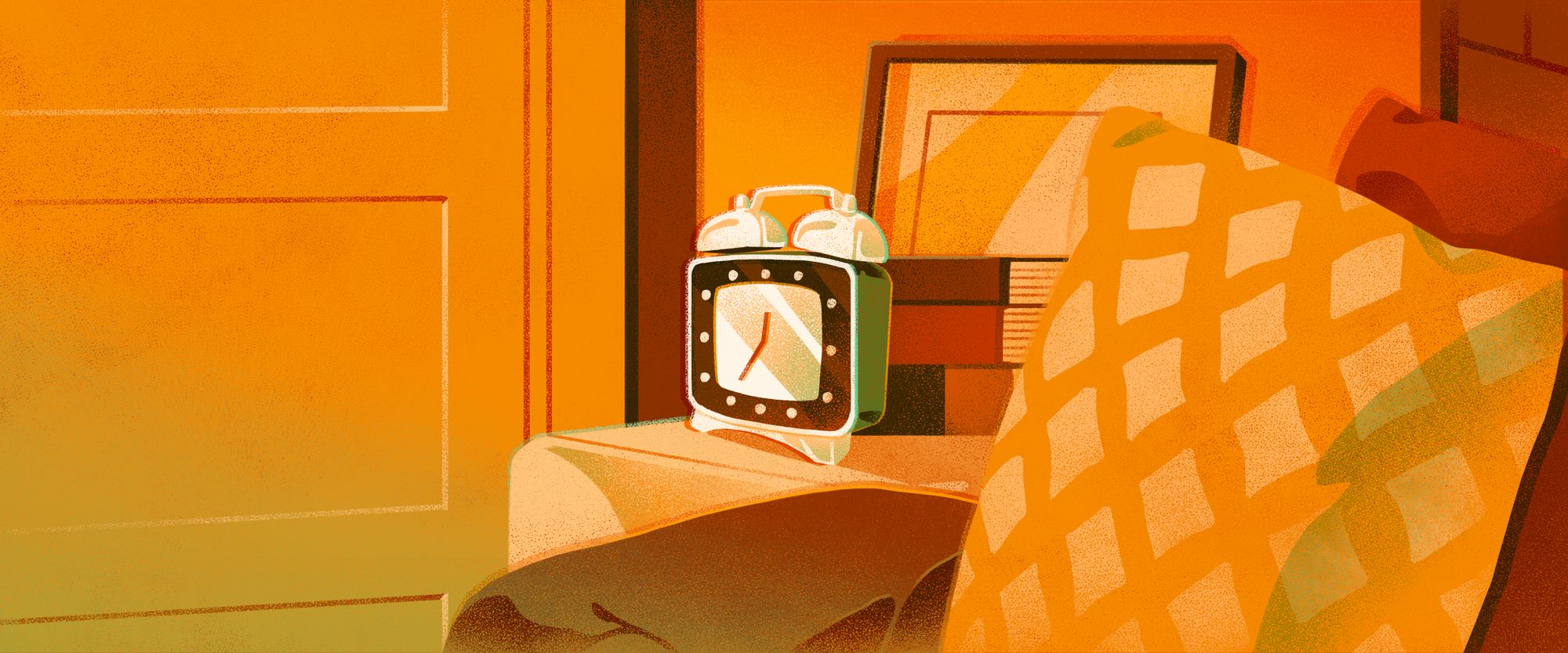One of the things I’ve been most surprised by throughout my career in tech is how many opportunities have come to me via social media or some other facet of having an online presence. In fact, my last three roles have all happened via some form of online networking. Not to mention, any number of amazing opportunities to write blogs, speak at conferences, author courses, speak on podcasts, or host workshops – just to name a few.
There’s tremendous value and benefit in putting both yourself and your work out there – and I’ve come to believe that it’s one of the best things that developers (especially beginning developers) can do for their careers. My years in developer relations have only reinforced this lesson: good things come to those who are easily findable online. This doesn’t mean that you need to devote the entirety of your free time to self-promotion in addition to your regular 9-5, but a little extra work can go a long way when it comes to growing a development or engineering career.
I strongly encourage every developer to build an online presence. It’s not as hard or time-consuming as you might first think, and the benefits can be truly incredible. I’ve found that there are three main aspects to this: content creation, social media, and a personal website.
Developers and content creation
Let’s first start with a brief story. In 2018, I built a custom component library as part of my job at the time. That project taught me so much, I decided to write a talk about it. The talk was accepted to a conference in 2019; it went well, so I wrote up the same content in a blog and posted it on dev.to. In 2020, I got an email from a React-focused podcast saying that they had found that blog and would like to have me on as a guest to discuss component libraries. One of the hosts of that podcast was TJ, a developer advocate. In 2021, TJ accepted a new job offer and was ready to move on to his next opportunity. When his boss asked him if he had any recommendations for his replacement, he remembered our conversation on the podcast and recommended me for the position. His boss reached out to me and started a conversation. Now she’s my boss.
If I hadn’t created and shared that piece of content in 2018 or been easily findable and contactable in 2020, would I have been offered my current job in 2021?
The trick is finding the method of content creation that feels most enjoyable, so it can become both a hobby and a career benefit.
That’s just one (admittedly extreme) example, but it illustrates a real point. I regularly get emails, DMs, and other chats that say, “I saw [piece of content you created], would you be interested in this related opportunity?” While some portion of this should certainly be attributed to good luck, I believe that I’ve also helped smooth that path by building an internet presence that allows me to be easily contactable and my work to be easily findable and shareable.
Contrary to popular belief, content creation does not require a huge time investment in order to pay dividends. The trick is finding the method of content creation that feels most enjoyable, so it can become both a hobby and a career benefit. If you must force yourself to do it, then it’s not sustainable and not the right choice.

The good news is that there are so many options – play around and find the one that lights you up! If you cringe listening to recordings of your own voice, then maybe podcasting isn’t your niche. However, if you already enjoy making TikToks in your spare time, then consider videos or livestreaming! If you have nightmares about public speaking, don’t force yourself to apply for conferences. Instead, share your learnings, insights, and brilliant ideas from the comfort (and privacy) of your own couch with a blog. I firmly believe there’s a content creation method for everyone. Explore different options: lean into the ones that feel fun, and don’t bother with the ones that feel too much like work.
Here’s a few other things to keep in mind on this journey:
1. Quality is far more important than quantity
Unless you’re looking to become a full-fledged influencer (and you don’t need to be for this to work), then posting something multiple times a week – or even every week – just isn’t necessary. The goal of content creation, in this context, is simply to build a library of work that reflects your strengths and helps position you in the direction you want your career to grow. Want to work in accessibility? Make accessibility-related content. Even if you can only make four or five blog posts or videos in a year, it all adds up over time.
However, some mediums require consistency in a way that others don’t. For example, listeners of a livestream or podcast will expect semi-regular episodes; the same isn’t necessarily true of an email newsletter, which could be sent once monthly. Some folks enjoy that aspect of routine and appreciate the accountability and community that regularly scheduled posting provides. For others, it can feel like a huge imposition or a time/energy suck. Again, choose what works best for you, personally, and don’t compare yourself with others.
2. Good content doesn't have to be long or time-intensive to create
A great podcast can be less than 10 minutes and a useful blog can be less than 1,000 words. Content can be long-form (like a tutorial, case study, or think-piece), or it can be short and sweet (like a list of resource recommendations, interesting tech news, or a quick tip you just learned). Get in the habit of jotting down topics that make you think "that's cool", "I never knew that", or "I never thought about it that way before" – if you found it interesting, someone else probably will, too!
3. Embrace reusing content and cross-posting
For example, if you just gave an awesome conference talk, write up the main takeaways in a blog. If you had a popular Twitter thread, record a video talking about the same topic. Not everyone will be on every platform and people learn in different ways. There’s no shame in repurposing content to get the highest ROI on your time!
Pros and cons of social media for developers
If I’m being completely honest, this is probably my least favorite part of having an online presence. And yet, it’s also one of the most beneficial. I’ve had some incredible opportunities come via Twitter DM, of all places.
There are so many social media sites now that it would be nearly impossible to have a serious presence on all of them without making it your full-time job. However, there’s benefit in picking one or two to really commit to and keep up with. My two are Twitter and LinkedIn — I have personal accounts on other sites, but these are the ones that I keep public-facing, regularly updated with work-related things, and open for messaging.

Not sure what your social media sweet spot is? A few considerations:
1. Pick a social media site that you already (at least mostly) enjoy and are present on
Clean it up, especially if you’ve been on there for a while and have some old, not-so-flattering posts hanging out. Then, aim for a good mix of personal and work-related content. Let’s be honest, nobody wants to follow a 100% professional account – they’re boring. I aim for something like a 50/50 split between personal and tech-related, so followers will get a good mix of funny retweets and photos of my dog along with interesting design or development related videos I’ve watched recently, blogs I’ve written, or Tweets from other folks in the industry that I want to amplify.
2. Public social media accounts for individuals need to walk a fine line
You don’t want to overshare on a website you’re using to network, but you also don’t want it to feel like a corporate, branded account. Personally, I’ve redirected most of my “life” content over to another social media account (which I’ve set to private). That’s where I share family photos, keep up with what my friends are doing, and get a little more personal. Having different accounts for different purposes helps me draw the work/life boundary line where I feel comfortable, without missing out.
3. Be findable and contactable
When you meet someone cool at a conference or someone hears you on a podcast and likes what you have to say, they’ll often want to find a way to keep up with you – social media is great for that kind of networking. Keep your DMs open and your account public, so folks can find you.
4. Dedicate time for it
Much like content creation, you don’t have to sink a lot of time into this for it to be effective. Make posts and update the account often enough that it’s clear you’re active, but you don’t have to live online if you don’t want to. If this isn’t something you do naturally, try the following:
- Set aside 20-30 minutes, once every other week, to pre-schedule posts. This allows you to still have regular activity on the account, without having to be on every single day if you don’t want to be. Most social media sites have some form of scheduling built-in, but you can also use third-party services to manage this if you prefer.
- Set aside another 30 minutes, once a week or so, to interact with other people’s posts (like, repost, comment, etc.). This isn’t required, but can help reinforce connections you’ve made and grow natural friendships.
- Turn on email or push notifications for direct messages. This is where most of the opportunities or valuable conversations happen, and you don’t want to miss out on something time sensitive. If you know you won’t log in and check the inbox regularly, find a way to push that information somewhere you will see.
Personal Website
Third, and perhaps most important, is a personal website. If you implement only one of these approaches, I'd really suggest that it be this one. A developer’s personal website doesn't need to be fancy; it’s just a place where people can find more information about you and (most importantly) how to contact you.
Your personal website is more of an opportunity to establish yourself in the search engine rankings and make sure something useful – something that you control entirely – comes up when people search your name.
Especially for those of us who work in web development or design, it’s easy to feel like our personal websites need to be some kind of incredible reflection of our skillset or a portfolio piece in and of itself. While this can be nice, it’s better to be realistic about your ability to create and maintain a more complex site. I knew, honestly, that this wouldn’t be something I could regularly devote time to, so my own personal website actually doesn’t include a single line of JavaScript – it’s all just simple HTML and CSS. If designing and developing a unique personal website sounds like a fun side project to you, absolutely go for it – but if it doesn’t, know that it’s not a requirement.

I like to think of a personal website as a hub or anchoring point for everything else. Third-party websites come and go, so it's nice to have a little slice of the internet that’s entirely your own. Cross-posting any content you create to your own website can be an especially nice touch, but again, it’s not a requirement. Your personal website is more of an opportunity to establish yourself in the search engine rankings and make sure something useful – something that you control entirely – comes up when people search your name.
Ready to grow your online presence?
All this together can be a moderate amount of work, but remember that it’s cumulative. You’ll get more benefit out of two-to-three things that are steadily maintained over several years than you will with six things you have a burst of energy on and never touch again. Building an online presence requires playing the long game; it should grow and expand with you naturally as you do more, learn more, and create more.
Furthermore, you don't have to do all of this if there are parts that are truly uninteresting to you. If you know that you’re not a social media person and the thought of keeping up with a public account somewhere sounds like a punishment, don’t do it – just make sure there are other ways for people to get in touch with you and see what you’re working on.
Make yourself visible, share your learnings, grow your connections, and the opportunities will start coming to you!
Kathryn Grayson Nanz is a Developer Advocate at Progress with a passion for React, UI, design, and sharing with the community. She started her career as a graphic designer and was told by her Creative Director to never let anyone find out she could code because she’d be stuck doing it forever. She ignored his warning and has never been happier. You can find her writing, blogging, streaming, and tweeting about React, design, UI and more at @kathryngrayson on Twitter.


